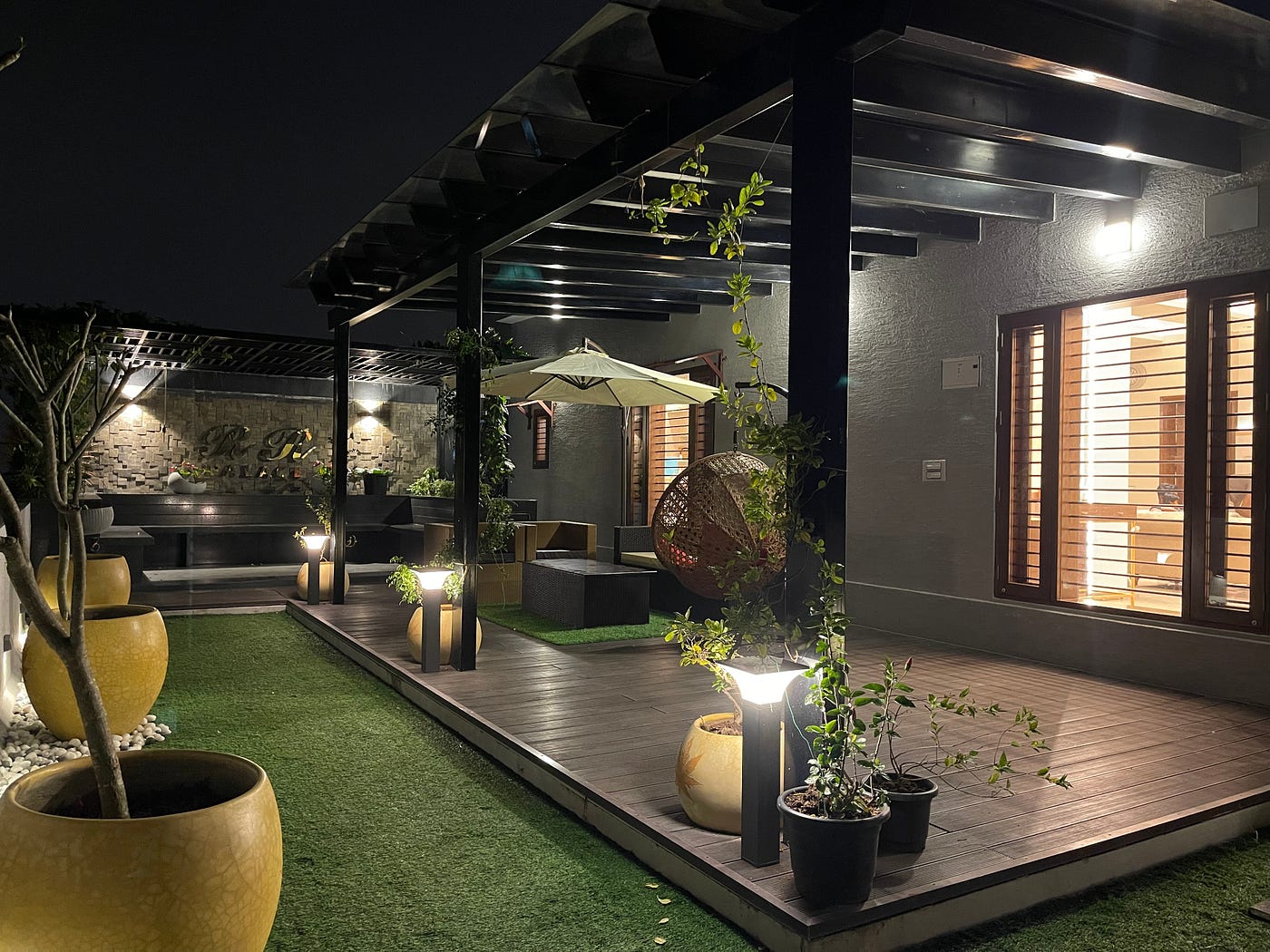
The Aesthetics of Illumination: Crafting Exceptional Lighting Environments
Lighting is not just about illuminating a space; it’s about crafting an environment that enhances mood, highlights architecture, and transforms experiences. Whether you’re a homeowner, a business owner, or simply someone who appreciates the finer things in life, understanding the aesthetics of illumination is key to creating spaces that are not only functional but also beautiful and inviting. This guide will walk you through the art and science of crafting exceptional lighting environments.
The Role of Designer Lighting
At the heart of any exceptional lighting scheme is the concept of designer lighting. These are not just fixtures; they are pieces of art that can define a room’s personality and mood. Designer lighting combines functionality with creativity, offering unique styles, materials, and forms that elevate the aesthetic of any space. Incorporating designer lighting into your environment is a statement of taste and an investment in the atmosphere of your space.
Understanding Lighting Layers

Ambient Lighting: The Foundation
Ambient lighting is the base layer of illumination in any space. It provides the overall light level and is fundamental in setting the mood. This can be achieved through ceiling fixtures, recessed lighting, or natural light. The key is to ensure it’s evenly distributed and soft to avoid harsh shadows.
Task Lighting: Functionality Meets Form
Task lighting is focused, directed light that is typically used in work areas like kitchens, offices, or reading nooks. It’s essential for performing specific tasks and should be bright enough to prevent eye strain, yet well-integrated into the overall design to maintain aesthetic harmony.
Accent Lighting: Highlighting and Drama
Accent lighting is used to draw attention to architectural features, artwork, or other focal points. It adds depth and dimension to a space, creating layers and highlighting the room’s best features. Whether it’s through track lights, spotlights, or artistic sconces, accent lighting is a powerful tool in the designer’s toolkit.
The Importance of Color Temperature
Warm vs. Cool Lighting
Color temperature greatly affects the mood and functionality of a space. Warm lights create a cozy, inviting atmosphere, while cool lights are energizing and better for concentration. Understanding the activity and desired ambiance in each room will guide your color temperature choices.
The Role of Natural Light
Incorporating natural light not only reduces energy consumption but also brings a dynamic quality to illumination that changes throughout the day. Understanding how to balance natural light with artificial light can create a more comfortable and adaptable environment.
The Magic of Dimmers and Controls
Flexibility in Illumination
Dimmers and advanced lighting controls allow for flexibility and customization in your lighting environment. They enable you to adjust the brightness according to the time of day, the activity, or your mood, significantly enhancing the functionality and atmosphere of a space.
Smart Lighting Solutions
With the advent of smart home technology, lighting control has become more sophisticated and user-friendly. From adjusting lights remotely to setting up automated schedules or responding to other environmental conditions, smart lighting solutions offer convenience and efficiency.

Selecting the Right Fixtures
Form and Function
When selecting fixtures, consider both the aesthetic appeal and the functional requirements. The right fixture not only complements the decor but also provides the appropriate type and distribution of light. Consider the scale, color, material, and style to ensure it harmonizes with the space.
Quality and Sustainability
Investing in high-quality, durable lighting fixtures can enhance the look and feel of your space while also being more sustainable in the long run. Look for energy-efficient options that reduce electricity consumption and lower bills.
Overcoming Common Lighting Mistakes
Avoiding Overlighting
One common mistake in lighting design is overlighting, which can lead to a harsh and unwelcoming environment. It’s important to use the right amount of light for the space and to layer different types of lighting for balance and depth.
Eliminating Dark Corners
Conversely, under-lighting can create gloomy, uninviting spaces. Ensure that every corner of the room is appropriately illuminated, especially in larger or irregularly shaped rooms.
Enlightening Your World
The aesthetics of illumination are about much more than just lighting up a space; it’s about creating environments that inspire, comfort, and delight. Whether through the strategic layering of light, the careful selection of fixtures, or the smart integration of controls, every aspect of lighting design contributes to the overall ambiance of a space. By understanding the principles and techniques of exceptional lighting design, you can transform any environment into a visually stunning and emotionally resonant space. Embrace the power of light and let it illuminate your world in ways you never imagined!




